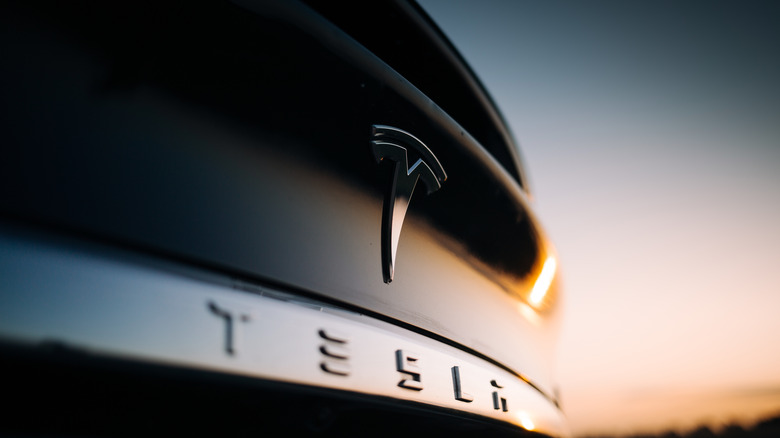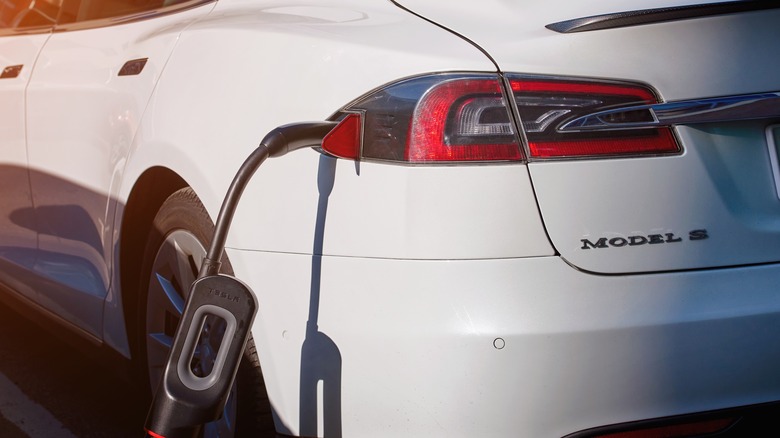Tesla Won Early Owners With Lifetime Free Supercharging - Now It Wants Them To Give It Up
Tesla says "challenge accepted" to early Model S and Model X owners still clutching to the EV automaker's promise of unlimited free supercharging. Early adopters have essentially enjoyed free "fuel" for their vehicles when charging at a Supercharger station.
But after meandering with limited-time offers, the company shuttered the program completely in 2018, and it has actively attempted to steer consumers toward what it considers a more sustainable (read: profitable) solution since. It began late last year with a $5,000 credit for those trading in their old vehicles toward a new model, which would effectively nullify their rights to the perk.
The newest compromise might be a bit more enticing for some. Tesla is offering six years of unlimited Supercharging to customers who trade in an old model for a newer one. To be clear, you must upgrade to a Model S or Model X — no other Tesla models apply.
Owners can also meet eligibility by keeping their previous vehicle and buying a newer one separately, given they agree to remove unlimited Supercharging from their older Model S and Model X.
It's worth noting that Tesla's FAQ about the program says it's subject to change or end at any time and without notice. We're unsure whether it's referring to the purchasing deadline (more on that ahead) or a possibility that you'll lose access to unlimited supercharging within the six-year window. There are a few other important details you'll want to know ahead.
The fine print
Be aware, you must receive delivery of a new vehicle by June 30, 2023, to take advantage of this offer. That's a narrow window for a major car purchasing decision, but it's worth pursuing if you were already contemplating an upgrade. That new car must be either a Model S or Model X, by the way. Model 3 and Model Y customers aren't extended the same benefit. Also, giving up unlimited free supercharging requires signing and returning an agreement.
Should you go for it? If you spend much more time hooked up to the Supercharger network on the road than you do charging at home, maybe not.
Check your home electric bill to see how much Tesla charging adds to it. Then, check out your Supercharging invoice history to see whether the amount you'd spend on charging significantly exceeds other costs of driving a Tesla vehicle, such as battery replacements, routine maintenance, or repairs.
Don't forget to factor in other offers Tesla might offer for buying in 2023. Especially for the earliest adopters encroaching that 10-year lifespan, you may find the other financial impacts (which sadly excludes federal tax credits) and the peace of mind a brand-new vehicle brings worth these tradeoffs in the long run.

